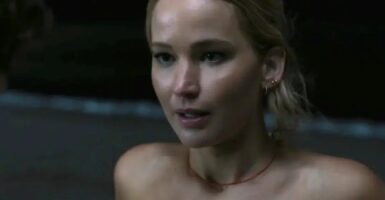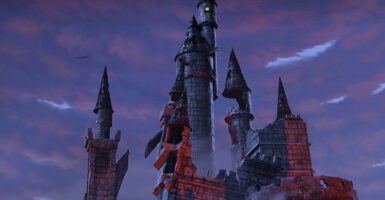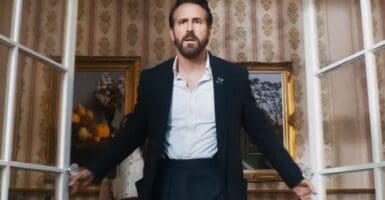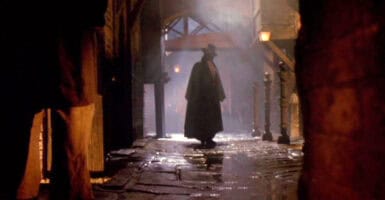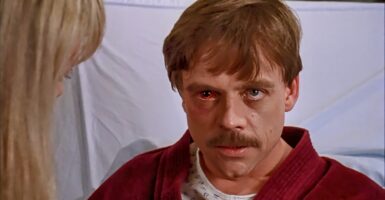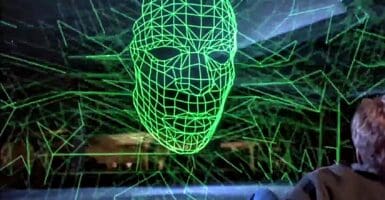1980s Horror Remake With Slasher Villain Can’t Be Seen By New Fans
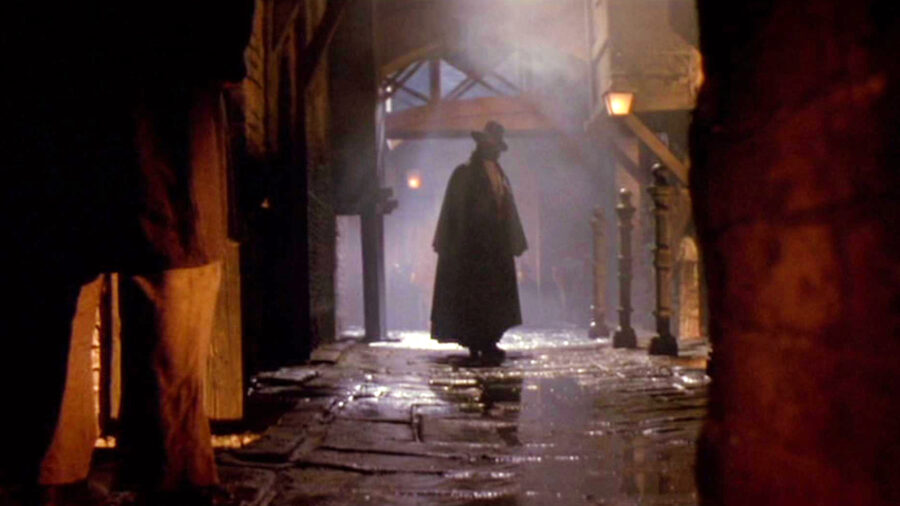
Robert Englund is best known for his portrayal of the man of everyone’s dreams, Freddy Kruger. Amid the Nightmare on Elm Street franchise films the actor has amassed quite a few cameo roles in horror films, and even had his own television series, Freddy’s Nightmares. In 1989, Englund secured the opportunity to star in the Dwight H. Little-directed remake of the classic film The Phantom of the Opera, only to have it bomb and fade away into almost total obscurity.
Seeing Things
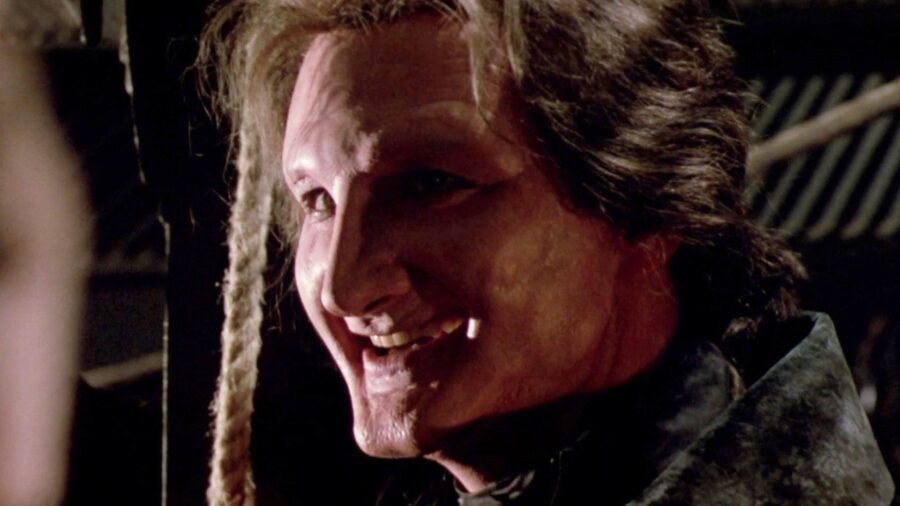
The Phantom of the Opera version with Englund takes place in 1980s Manhattan, following an up-and-coming singer named Christine (Jill Schoelen). Desperate for a selection that will dazzle producers at an upcoming audition, she accepts a piece of music from her manager, Meg (Molly Shannon). The work was composed by a man named Erik Destler, a musician with a sordid past.
As Phantom of the Opera unfolds, it’s revealed that the ill-fated composer was accused of multiple murders, including a young opera star. As Christine practices a piece from Destler’s Don Juan Triumphant, she sees blood spurting from the pages, a sight that disappears as soon as Meg re-enters the room.
Going Back In Time
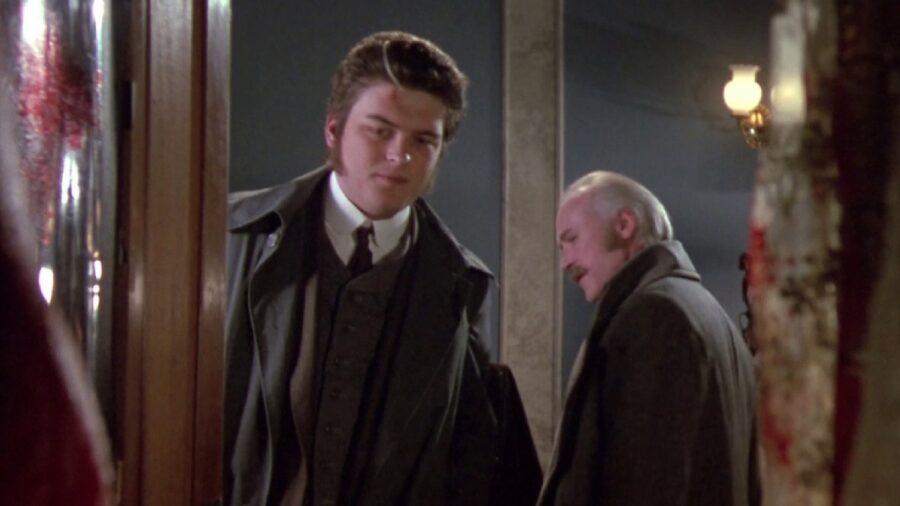
The film takes an interesting turn when Christine is at her audition and is struck on the head by a sandbag that becomes unsecured from the ceiling. She is knocked out and awakens in the year 1885, dressed in costume at a London opera house. She learns that she is the talented understudy to London’s top opera singer, La Carlotta (Stephanie Lawrence).
The Phantom of the Opera sees Christine getting the starring role in the theater’s production of Dr. Faust after La Carlotta loses her voice. She is approached by Erik Destler, who begins to act as her mentor. He later confesses to her that his abilities as a composer are the result of a pact he made with the Devil years before, in which he was given his talent in exchange for his soul and a permanent facial disfigurement.
A Box Office Bomb
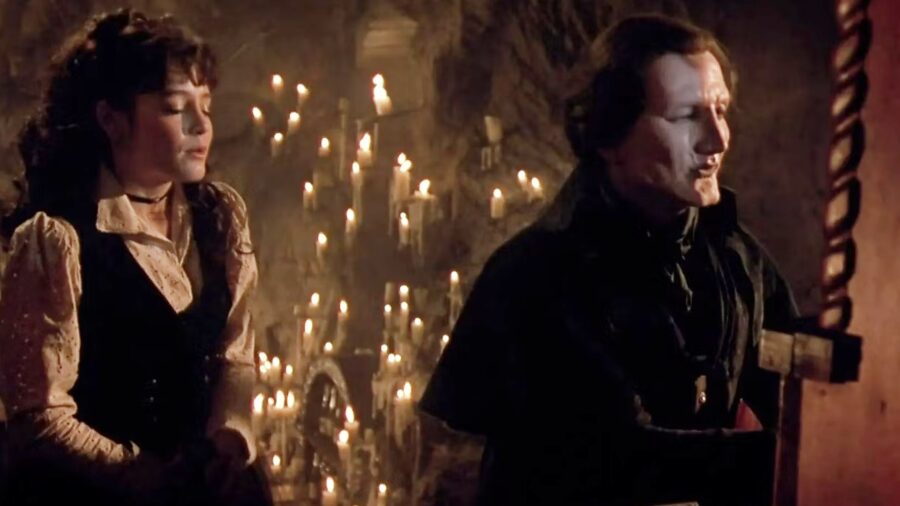
As no one else at the London opera house has seen Christine’s new mentor, it’s suspected that he’s a figment of her imagination. But as the bodies of her detractors begin to pile up, it’s discovered that Destler is alive and well and living beneath the opera house.
The Phantom of the Opera, as he is known, has spent decades killing and skinning his victims and using their peeled faces to hide his own physical deformities.
The Phantom of the Opera was a box office failure, scarcely making $4 million in theaters. The reviews at the time were lukewarm at best, with many notable critics panning the production. But the film does have several redeeming qualities that are noteworthy.
Amazing Makeup
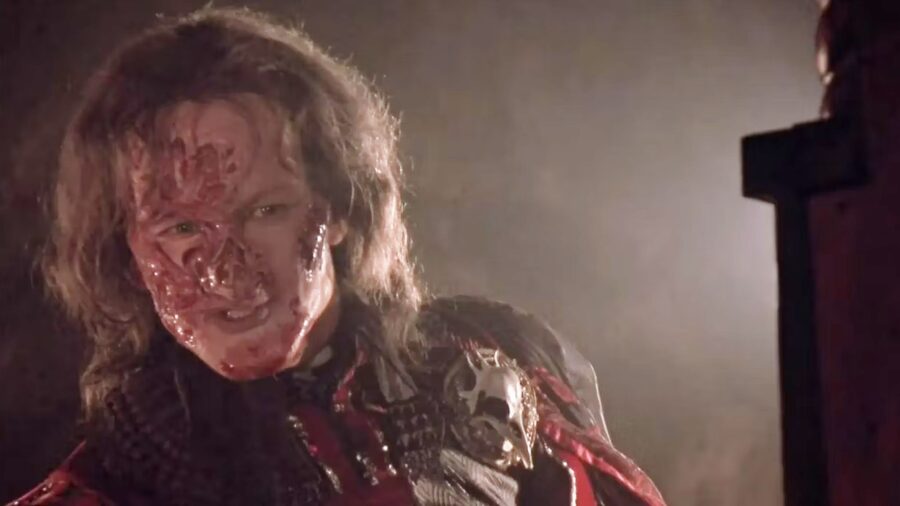
The special effects and makeup were especially up to par, as was the cinematic score. The music helped to cast a gothic-horror feel to The Phantom of the Opera, making the movie successful in harnessing the tone of Gaston Leroux’s 1910 novel.
The film has been compared to the multiple productions of the same name that have been released over the years, most notably to the Claude Rains version that appeared in theaters in 1943 and the iconic Lon Chaney, Sr. original from 1925.
Englund’s performance was solid in the 1989 version of The Phantom of the Opera, but failed to live up to the better players who acted the role in the decades before him.
Find It However You Can
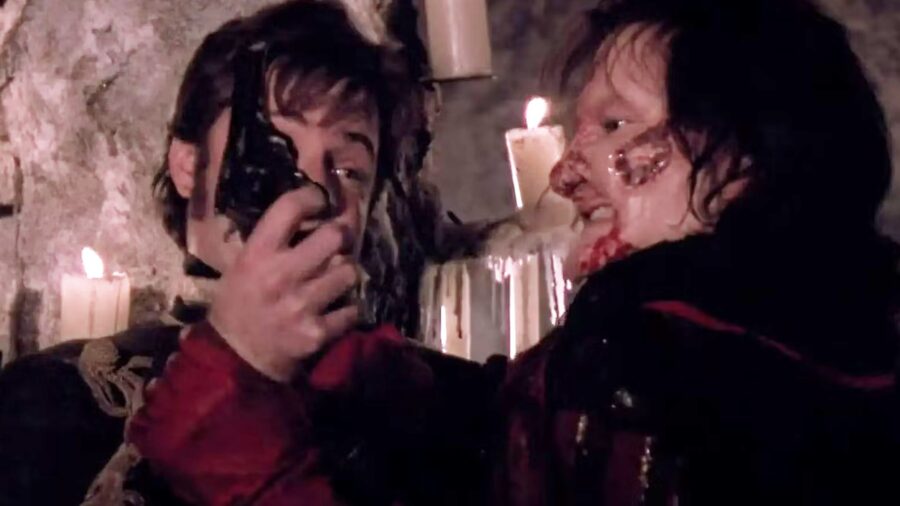

REVIEW SCORE
This film is a difficult one to view, as it is not available to stream or rent VOD. Those who wish to see Englund wear the cape and flesh masks are forced to find either an old DVD or VHS copy, or the 2015 Blu-ray. In the meantime, you can always catch Englund in one of the many A Nightmare on Elm Street films that he is most known for.
